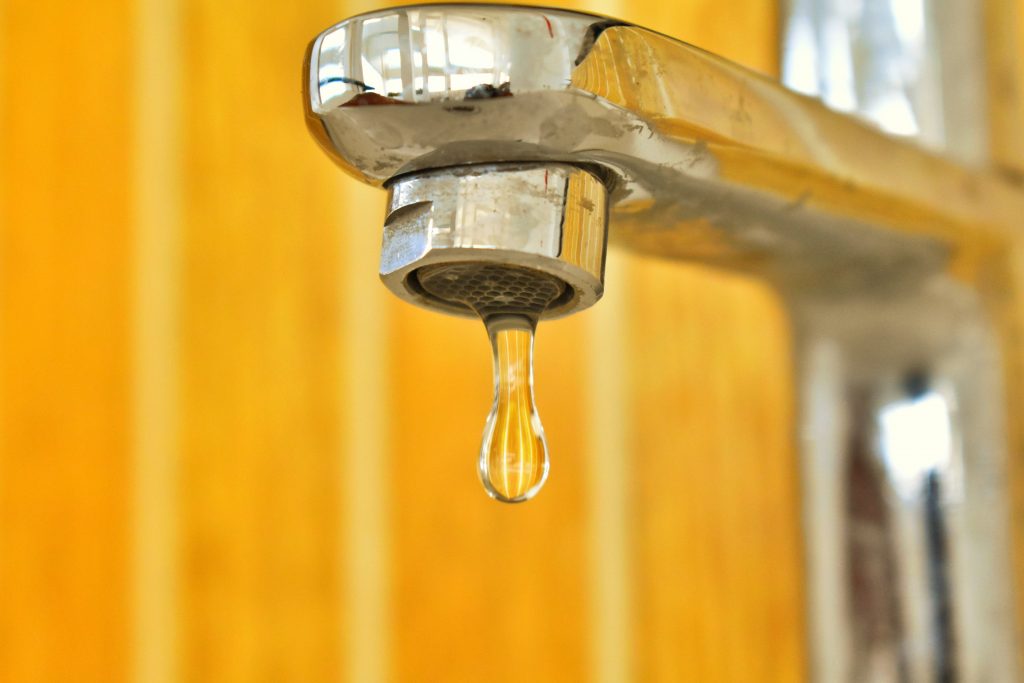Looking for a way to lower your water bill? While a high water bill can sometimes be the result of a leaking pipe, it’s more often than not the result of using too much water. Below are just a few ways in which you can lower your household water consumption and save money on your bills.
Invest in a greywater recycling system
Wastewater from your sink and bath is known as ‘greywater’. This typically goes straight into the sewer, however it could be possible to recycle this water and reuse it for processes such as toilet flushing and gardening. By recycling this water, you could save significant amounts of money on your water bill.
A greywater recycling system is not cheap to install. However, the costs saved in the long run are likely to make it worthwhile. Think of it as an investment similar to solar panels or insulation (like these two investments, it’s also likely to boost your home’s value).
Harvest rainwater
When it comes to water for gardening, you could consider using rainwater instead of using your home’s water supply. Rainwater may in fact be healthier for your plants – it contains many other minerals that your plants can benefit from.
Most people choose to harvest rainwater in barrels. You can then attach a hose or sprinklers directly from these barrels instead of using a tap.
Use your hose/sprinklers less
You should also consider how often you use your hose or sprinklers and whether this is always necessary. While it may be essential to keep plants watered in the heat of summer, you should adjust how much water you use to account for any rainfall. This is why automating sprinklers isn’t always the best idea.
You could even find that a conventional hose or conventional sprinklers are best avoided altogether in exchange for other methods that don’t result in as much waste water. This could include building your own drip irrigation system or using a soaker hose. Such methods could keep your plants watered much more efficiently.
Take more showers, less baths
On average, people consume less water while taking a shower than they do while having a bath. 25 gallons are likely to be consumed while taking a 10 minute shower, while people tend to use about 30 gallons of water for a bath. This might not sound like a huge difference, but over time it can be.
If you prefer baths to showers, you could always lower your consumption by having more shallow baths. If you have showers regularly, try to keep them no more than ten minutes in length – a long shower could end up using more water than a bath.
Don’t keep the tap running
Do you keep the tap running while brushing your teeth or shaving? If so, this could be another big source of unnecessary water consumption. Unless you’re rinsing something underneath the tap, there’s no reason to keep it running (it’s literally money down the drain!).
When it comes to doing washing up, you can also reduce your water consumption by filling up a washing bowl or filling up the sink instead of letting the tap run while rinsing each item individually. This is certain to also consume less water.
Wash full loads of laundry
Washing machines can consume a lot of water. By minimizing the amount of times you use your washing machine, you can reduce your water bill. One way to do this is to only wash full loads instead of only filling up the washing machine half-way.
Don’t be afraid to mix colors and fabrics – while you may want to keep white clothing and delicate fabrics separate, you can mix the majority of colors and fabrics without having any negative impact. It’s worth also trying different cycle settings (some washing machines have eco-friendly settings to save power and water).
Consider a multi-flush toilet
Flushing the toilet also consumes a lot of water. While some people use the ‘if it’s yellow, let it mellow’ approach to cut down on water wasted during flushing, others may find this too extreme.
Investing in a multi-flush toilet may be a more acceptable way to cut down on water used during flushing. These toilets have two flush settings depending on what you’re using the toilet for. This could reduce the need for a full flush every time you use the bathroom. Such toilets aren’t cheap to buy and install, but you’re likely to make your money back in the long run.

